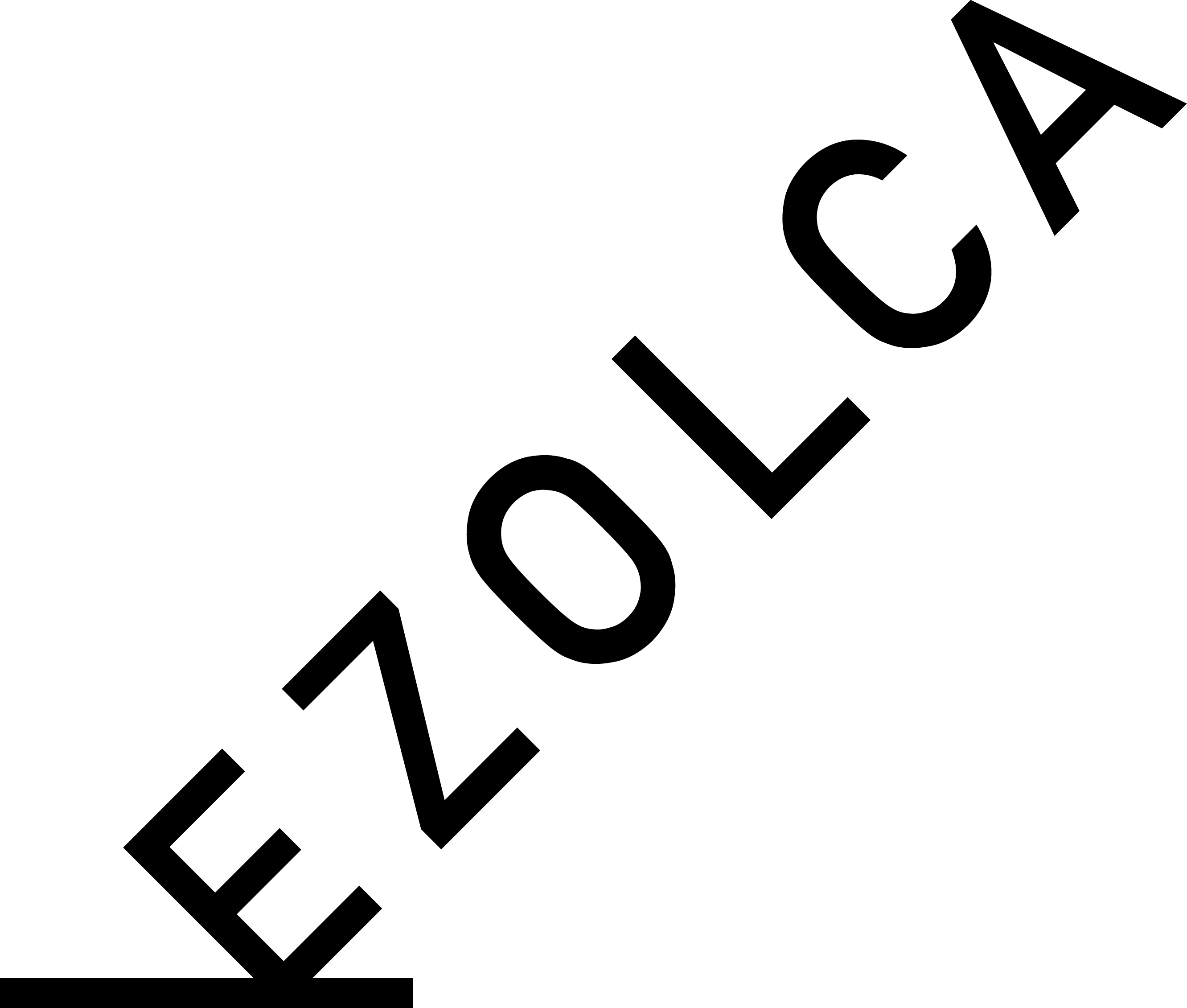Kenji Miyazawa was a famous Japanese author of children’s literature and poet. Some of his famous works are ‘Night on the Galactic railroad and ‘Gauche and the Cellist’.
The park features a strange experience through surrealistic rooms and buildings, as well as small interwinding paths through the forests surrounding the park. The mysterious rooms at Kenji’s school each explore a new world, from a mirror room to a insect world where size is inverted.
Kenji’s classrooms are a row of wooden log houses each exhibiting a interesting way to learn about animals, plants, stars and rocks that appear in Kenji Miyazawa’s fairy tales.
Then don’t forget to pop into the last class to buy and take home a gift.
Kenji Miyazawa Dowa Mura is a great family trip when in Iwate where you can get lost in the strange fantasy world.
Text & Photo by Shana L.

